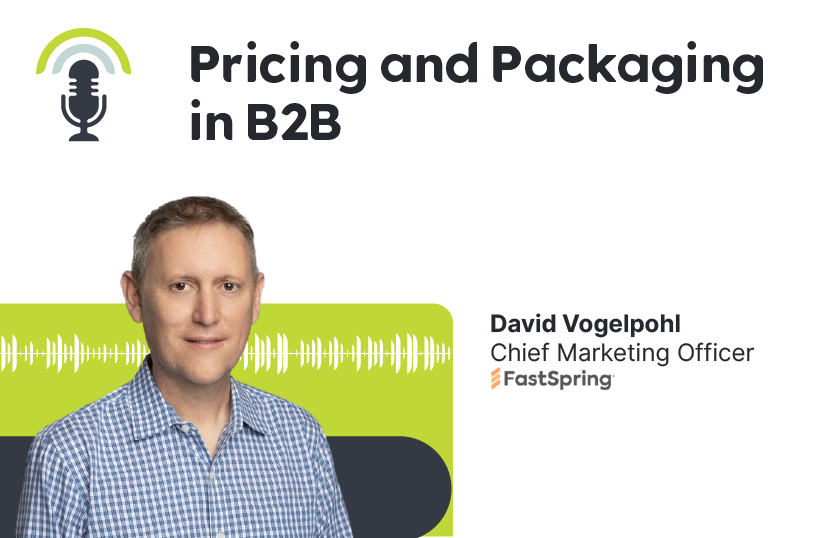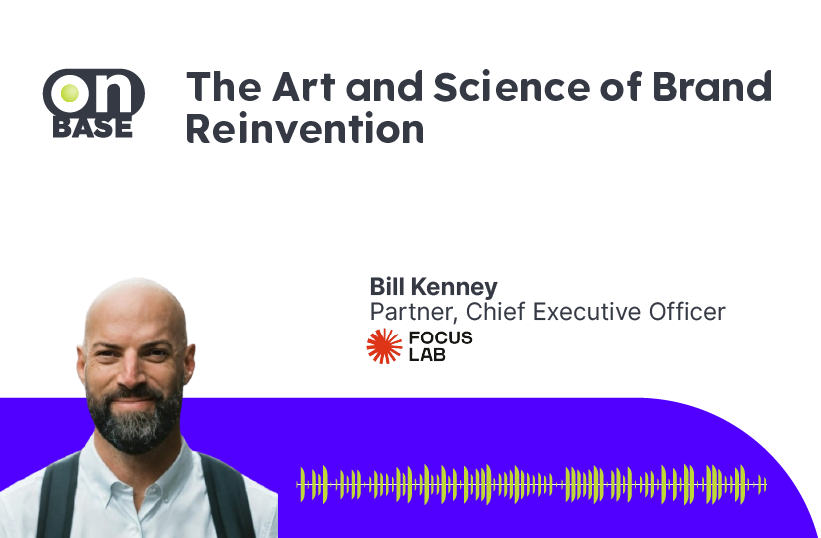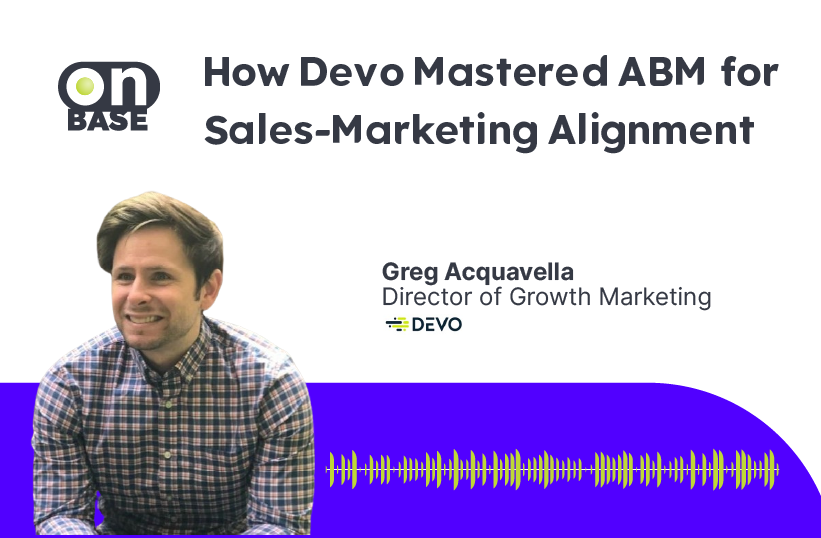Shownotes
This episode of the Sunny Side Up podcast discusses pricing and packaging strategies for business growth with guest David Vogelpohl. Key topics covered include prioritizing pricing as an iterative strategy, identifying moves for growth while navigating complexity, marketing misconceptions around pricing, optimizing free trials, ensuring sales and marketing alignment, and determining ownership of pricing decisions. David provides insights and recommends several individuals as sources to learn more about go-to-market strategies.
Best Moments
-
David emphasizes the importance of prioritizing pricing and packaging as an iterative strategy, not just for new product launches.
-
David introduces the "growth mustache" framework for identifying which parts of the growth equation can be impacted by pricing moves.
-
The discussion around taking an iterative approach to pricing testing rather than direct A/B tests to maintain trust with customers.
-
David provides suggestions for optimizing free trials by surfacing critical moments and considering paid trials for validation.
-
The discussion around ensuring transparency and alignment between sales and marketing on pricing strategies and changes.
-
"Reconciliation" is suggested as a way to bring sales and marketing teams together around pricing decisions.
About the guest
David is the CMO at FastSpring, a payment & subscription platform for SaaS, software, & digital product companies offering 100% automated sales tax and VAT compliance worldwide. For 25+ years David has led teams building engines of growth & innovative software for leading brands like WP Engine, AWS, Cloudflare, and more. David is an actionable-insights style speaker focusing on tactics you can use to drive growth.
Key takeaways
- Pricing and packaging should be prioritized as an ongoing iterative strategy for business growth, not just for new product launches
- Use a “growth mustache” framework to identify which parts of the growth equation (new ARR, upgrades, downgrades, churn) pricing moves will affect
- Marketers may misconceive that customers won’t accept price increases or that they solely control packaging decisions
- Take an iterative approach to pricing testing rather than direct A/B tests to maintain trust
- Optimize free trials by surfacing critical moments and considering paid trials for validation
- Ensure transparency, clear communication, and alignment between sales and marketing on pricing strategies
Quotes
“At the end of the day, you’re operating a business that delivers value to your customers and part of your duty in that is to operate a successful business. If you don’t operate a successful business, you can’t fulfill your duty to deliver that value.”
– David on how businesses need to make decisions that ensure long-term success.
Highlights from this episode
Why should leaders prioritize pricing and packaging decisions in their business strategy?
David emphasized that pricing and packaging decisions should be prioritized as an ongoing iterative business strategy, not just for new product launches, because it can lead to significant opportunities for growth with less effort compared to other initiatives. He noted that pricing strategies can often have a big impact through small changes to numbers, representing a lot of leverage. Additionally, only considering pricing and packaging at rare times like new product launches results in missed opportunities over time, as it’s an iterative process that should be revisited regularly.
What strategies does David employ to identify the right moves for growth, especially when testing combinations?
The first thing David thinks about when exploring pricing and packaging is identifying which part of the business he’s trying to affect, using his “growth mustache” framework. This framework looks at annual recurring revenue, new ARR acquisitions, net recurring revenue, and factors like downgrades, upgrades, and churn. He considers how pricing moves may impact these different parts of the growth equation. He also suggested testing new price points by adding or removing features from existing plans to create new SKUs or plan types, rather than direct A/B tests, to avoid appearing disingenuous to customers.
What misconceptions do marketers have about pricing?
David noted two main misconceptions that marketers sometimes have about pricing:
- That their target customers cannot accept price increases, when data shows there is room for price increases above the rate of inflation in many industries.
- That packaging decisions are solely the responsibility of marketing when investments in other parts of the business also need to be reflected in pricing and packaging strategies. He emphasized finding the right balance between these perspectives.
How to navigate the complex landscape of pricing and ensure sales and marketing alignment, given their different perspectives?
David suggested a few things to navigate the complex pricing landscape and ensure sales and marketing alignment:
– The biggest area of focus is the pricing page on the website, where self-serve and sales-assisted plans are presented. Alignment is important in how these are framed.
– Sales may want higher price points on self-serve plans to set expectations for sales-assisted plans. Marketing wants to generate the most revenue.– Reconciling metrics like forecasts that could be impacted by pricing decisions may require senior-level discussions.
– Compromise is usually needed – finding the middle ground that works for both sales and marketing as well as the business overall. Regular communication and understanding different perspectives are important.
How to think about moving customers from free to paid subscriptions?
David recommended that companies carefully identify the most critical tasks, features, or value propositions within their free trial that will allow customers to truly experience the benefits and utility of the product. This helps motivate them to see the value in upgrading to a paid plan once the trial period ends. Setting time limits on free trials can help prevent perpetual “tire kickers” from lingering without making a decision, encouraging evaluation and purchase within a defined window.
David also suggested surfacing important questions like integration support prominently within the free trial experience itself. This helps address key barriers or concerns that may be preventing trial users from committing to a paid plan. Companies should prominently feature clear calls-to-action at critical evaluation points within both the product interface and follow-up email sequences, gently pushing customers towards an informed purchase decision once they understand the value.
Offering a very low-cost paid trial option as an alternative to completely free was another approach David highlighted. While still a low commitment, this small monetary requirement can help validate serious buyers and potentially increase conversion rates versus a completely free trial model.
Advice on running effective pricing tests, especially in communities where prices are shared.
David emphasized that trust is crucial when running pricing tests, especially for companies with customer communities where pricing information is shared. He recommended being transparent about any pricing or packaging changes by clearly communicating upfront:
– Which customers the changes will and won’t affect (e.g. only new customers, not existing ones).
– The rationale for changes in plain language, focusing first on how it benefits customers before any business reasons.
– Consistently delivering the same messaging about changes through channels like FAQs and sales talking points.
David also suggested testing new price points by adjusting existing plan features rather than direct A/B tests, to avoid appearing disingenuous to customers. Maintaining trust through open communication was key to running effective pricing experiments according to David.
Who should own the pricing and packaging decisions within an organization?
David recommends a collaborative approach to determining pricing and packaging ownership. He acknowledges there is often debate between departments like product, marketing, finance, and sales. Rather than a single owner, David suggests forming a committee with representatives from key groups to decide ownership for each initiative. The optimal owner depends on capabilities and project goals, determined through consensus between stakeholders. This reconciles differing priorities while leveraging the expertise of different functions. Ownership is assessed on a case-by-case basis to find the best fit for each pricing exercise.
Shout-outs
–Jason Cohen, Founder, WP Engines

Sunny Side Up
B2B podcast for, Smarter GTM™




